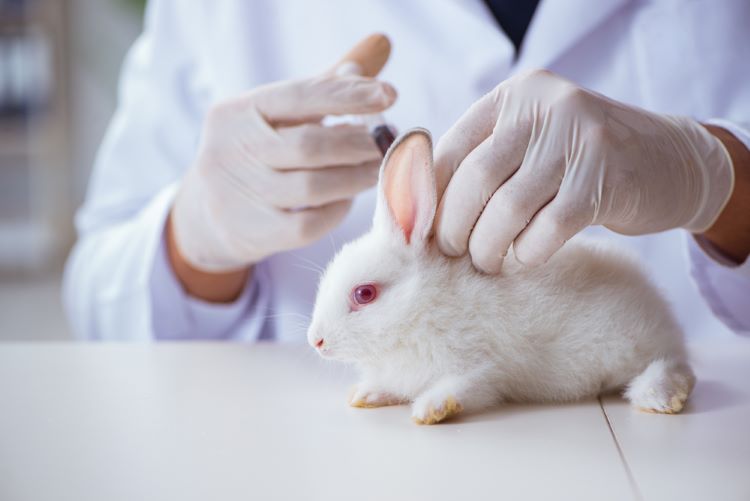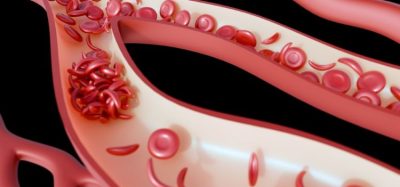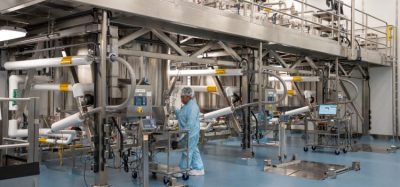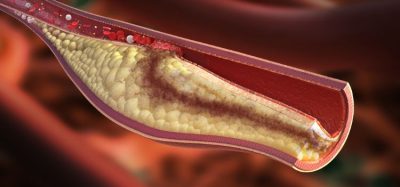European Pharmacopoeia makes milestone pyrogen testing commitment
Posted: 17 July 2024 | Catherine Eckford (European Pharmaceutical Review) | No comments yet
The “historic” decision from the Ph. Eur. follows publication of its texts relating to the rabbit pyrogen test (RPT) replacement strategy.


European Pharmacopoeia has confirmed it will remove the rabbit pyrogen test (RPT) from its monographs. This milestone decision was made during the Ph. Eur.’s 179th session in June 2024.
The RPT has been the traditional detection method for pyrogens, the European Directorate for the Quality Of Medicines (EDQM) explained.
In June 2021, the European Pharmacopoeia Commission (EPC) committed to completely replace the RPT in the 59 Ph. Eur. texts with a suitable in vitro alternative, they stated, “in about five years”. The group estimating that replacing the RPT in the Ph. Eur. would take around three years.
The European Pharmacopoeia published and opened the RPT replacement texts for comment in February 2023.
In June 2024, the EPC adopted 57 revised texts. The RPT was not present in these texts. Furthermore, a new general chapter on Pyrogenicity (5.1.13) was added into the European Pharmacopoeia (Ph. Eur.).
Future of animal-free pyrogen testing
Going forward, no Ph. Eur. text will require the use of the [rabbit pyrogen test] RPT”
Going forward, no Ph. Eur. text will require the use of the RPT. Instead, medicine developers will have to select an alternative in vitro test, such as the monocyte-activation test, that is suitable to control their product’s pyrogenicity, EDQM stated. Choosing an appropriate test can be selected based on a risk assessment included in the new general chapter.
The EPC highlighted that it is “committed” to reducing the use of animals “wherever possible in pharmacopoeial testing”, based on the European Convention for the Protection of Vertebrate Animals used for Experimental and other Scientific Purposes (ETS No. 123).
EDQM added that their decision will have “a significant impact on the replacement, reduction and refinement of animal tests in the quality control of medicines”.
The revised texts and the new Pyrogenicity (5.1.13) chapter will be published in Supplement 11.8 of the Ph. Eur. The date of implementation is 1 July 2025, EDQM concluded.
Related topics
Drug Development, Drug Safety, Impurities, Industry Insight, QA/QC, Regulation & Legislation, Technology, Therapeutics









